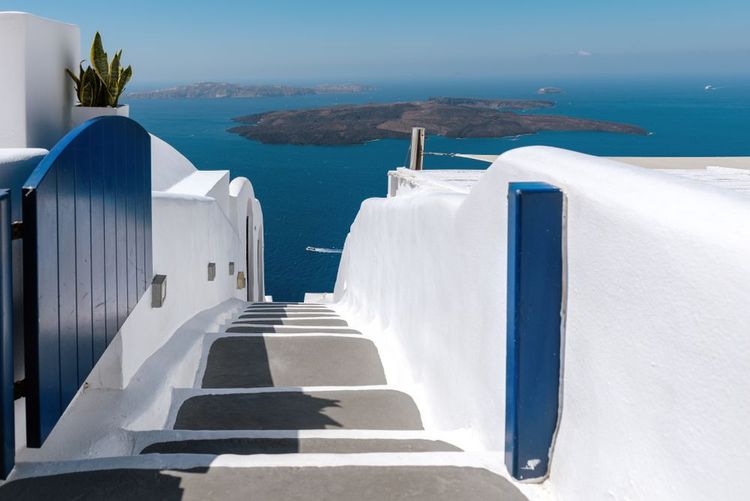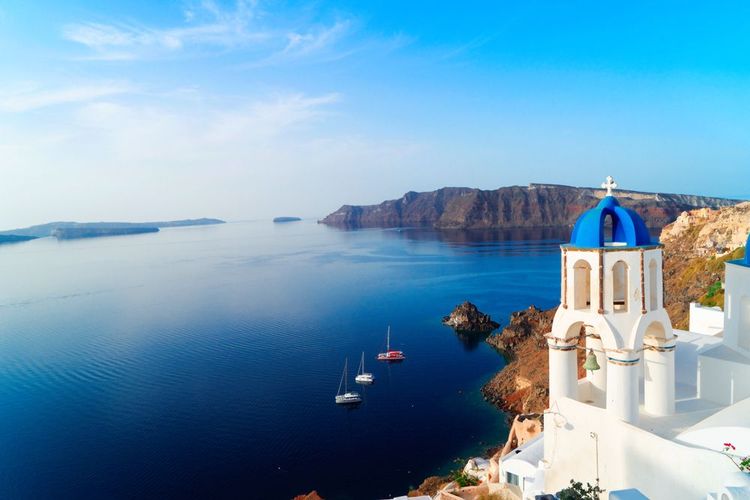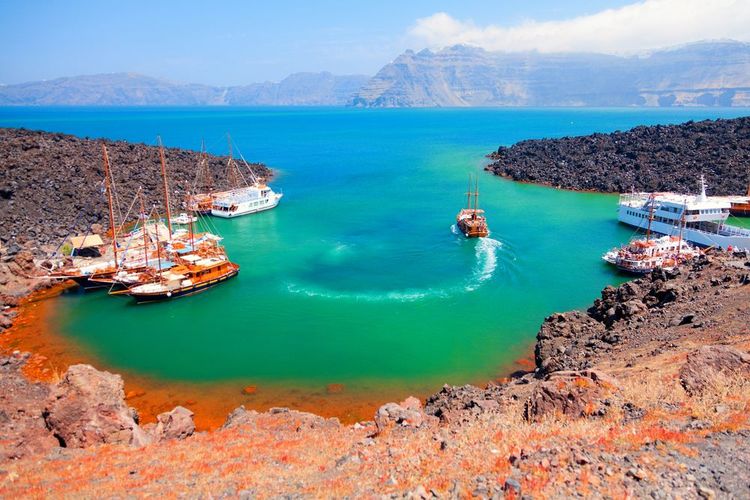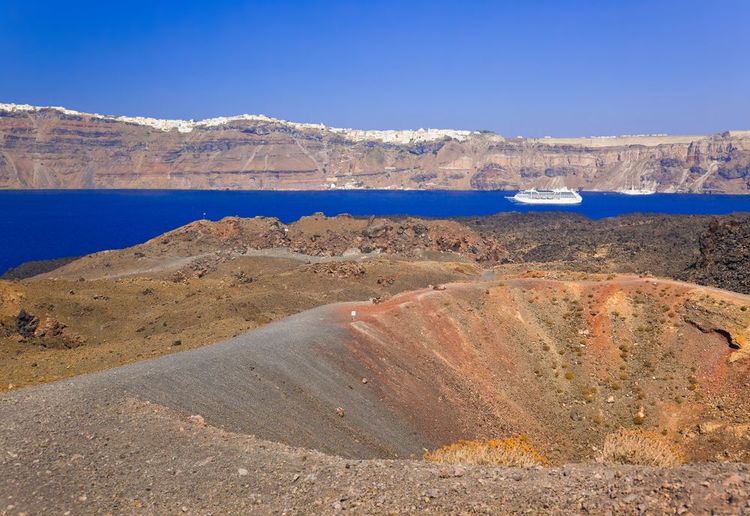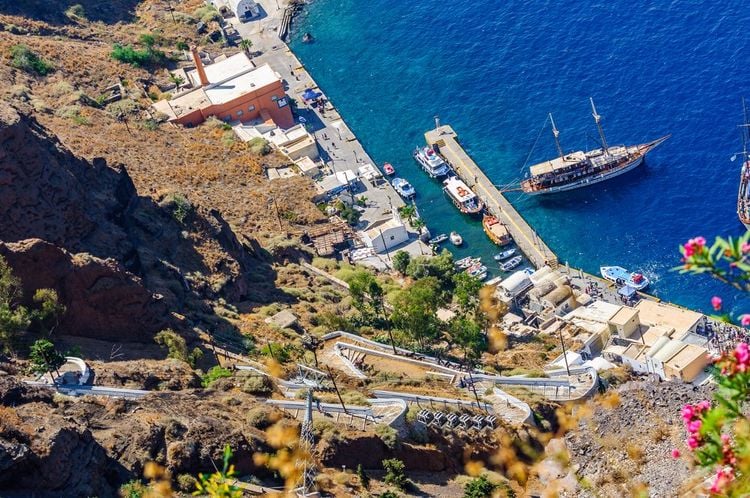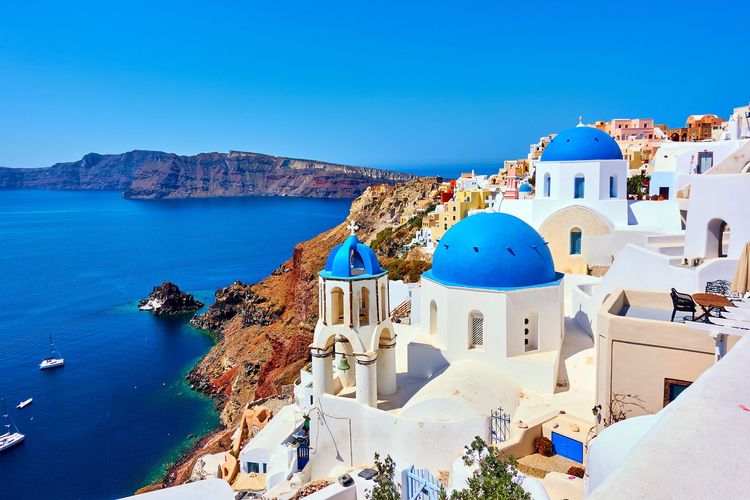Under the effect of the explosion, the magma chamber collapsed, creating the immense caldera engulfed by the Mediterranean Sea: the cliffs of Santorini, a mille-feuilles of basaltic rock and pumice stone, rise more than 350m above the sea, plunging to -300m below before re-emerging at Nea Kameni.
Over the course of eruptions and earthquakes, the Santorini archipelago was formed, with the eponymous main island, tiny Thirassia, the tiny Aspro Nissi, Palea Kameni, which appeared in the 3rd century BC, and Nea Kameni, the most recent Mediterranean island, which only came into being in the 17th century!
Today, the volcano is still under surveillance: the magma pocket sometimes shows worrying signs of filling, to the extent that Santorini is rising by a few centimetres! All of which augurs well for a future eruption sooner or later...
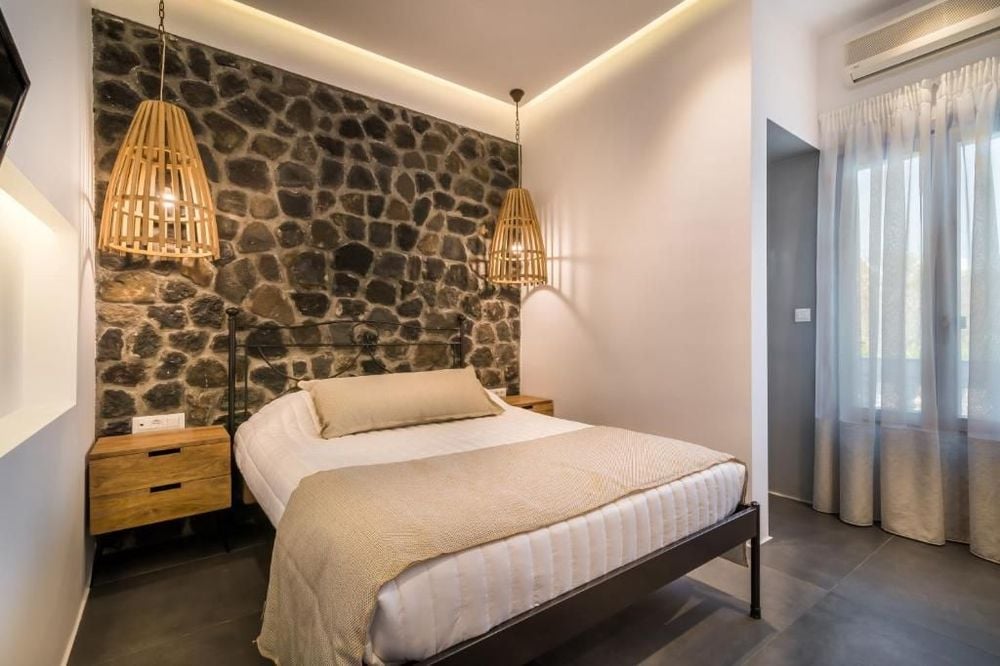 Santorini
Santorini
